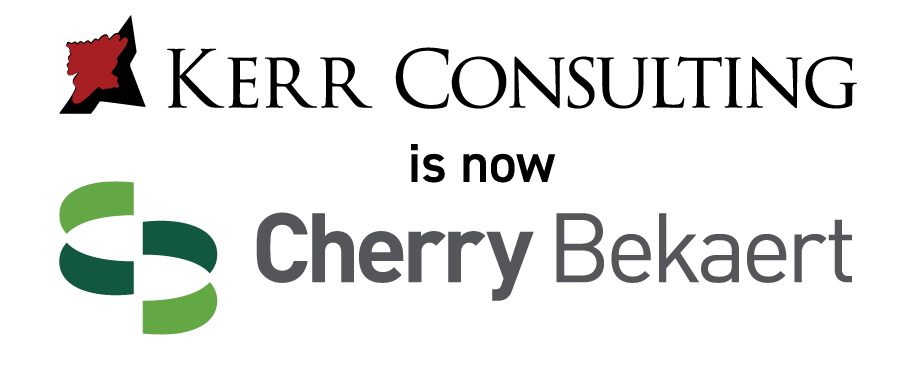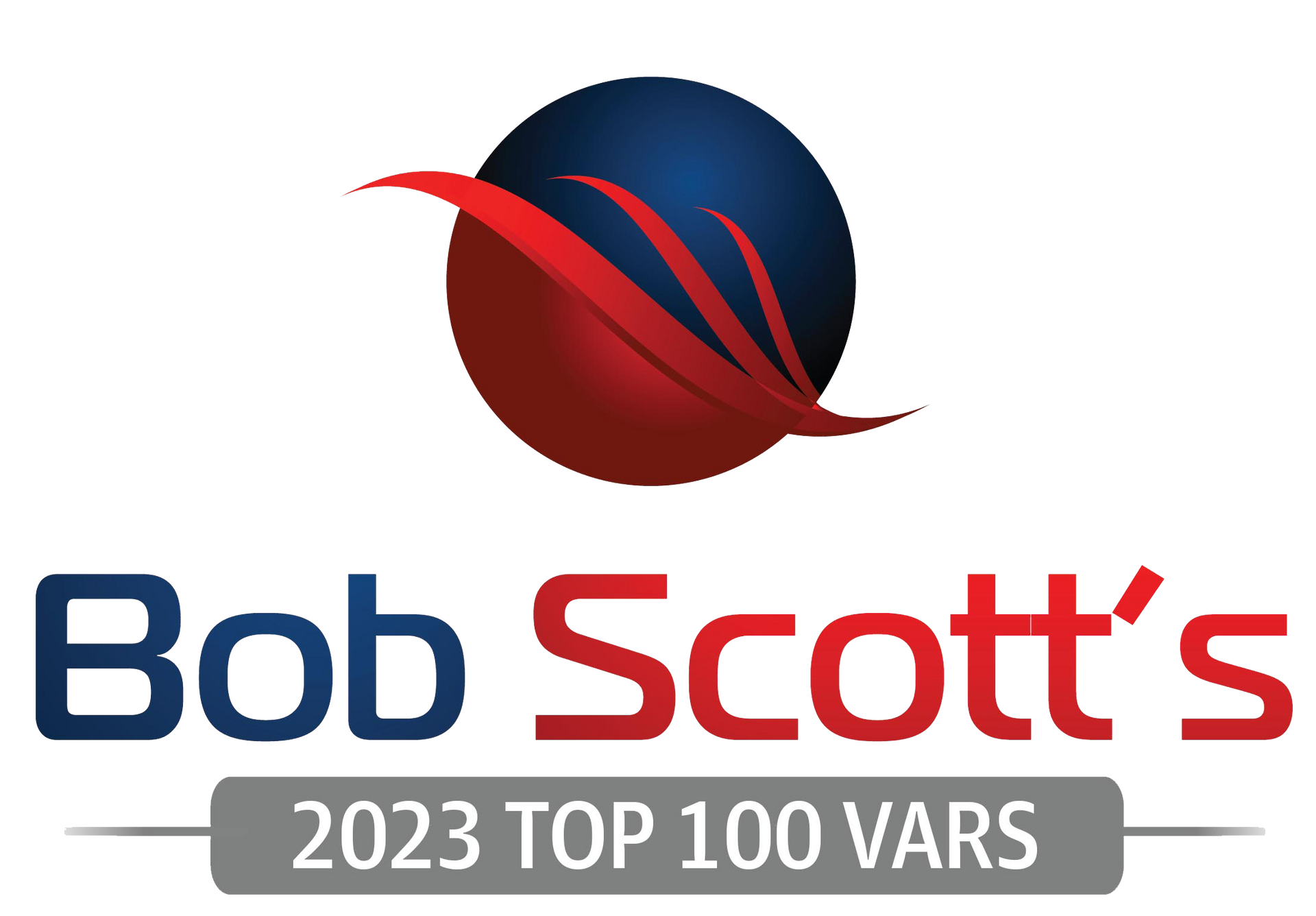A Comprehensive Guide to Choosing the Best Nonprofit Accounting Software
Nonprofit organizations play a vital role in addressing social, environmental, and humanitarian issues. To fulfill their missions effectively, these organizations need to make informed financial decisions. In today's rapidly evolving world, the conventional monthly financial check-ins are no longer sufficient. The financial landscape has grown in complexity, demanding faster and more agile solutions. This article explores the challenges nonprofit finance leaders face, the advantages of adopting cloud-based financial applications, and the critical decisions they must make to navigate this changing landscape.
In the ever-evolving landscape of nonprofit organizations, financial management plays a pivotal role. Accurate financial data is not only essential for regulatory compliance but also for making informed decisions to further the organization's mission. To achieve this, nonprofit organizations need robust accounting software tailored to their unique needs. In this comprehensive guide, we will walk you through the process of selecting the ideal nonprofit accounting software, taking into account the valuable insights from "The Nonprofit Accounting Software Buyer's Guide."
The Challenge
Outdated Financial Management Software
The nonprofit sector has traditionally relied on older financial management software systems. These systems were not designed for the always-connected world we live in today. Nonprofits that continue to use these outdated software solutions face a range of challenges.
Vendor Lock-In and Limited Flexibility
Vendor lock-in is a common issue with legacy financial software. Nonprofits may find themselves locked into long-term contracts that limit their ability to adapt to changing circumstances. These contracts often lack flexibility and inhibit access to real-time financial information.
High Overhead Costs and Functional Limitations
Maintaining and operating outdated software systems comes at a high cost. These legacy systems often lack the advanced features necessary for nonprofits to thrive in today's fast-paced environment. Their functional limitations hinder growth and decision-making.
Unnecessary Risks
Nonprofit organizations can ill afford the risks associated with using outdated financial software. Security vulnerabilities and compliance issues may arise, putting the organization's reputation and mission at risk.
Your First Decision
Choosing a Software Delivery Model
To address these challenges, nonprofit finance leaders must make their first crucial decision: choosing the right software delivery model. This choice significantly impacts an organization's ability to adapt and thrive.
On-Premises Solutions
On-premises solutions involve licensing financial software and running it on the organization's own servers. While this option provides full control, it also demands substantial investment in hardware and IT resources.
Hosted Solutions
Hosted solutions entail using a remote data center operated by a third-party hosting provider. This option offloads the burden of hardware maintenance but still requires licenses and may have limitations in terms of scalability and access.
Native Cloud Computing Solutions
Native cloud computing solutions offer direct, always-on access to the software through a monthly subscription. These solutions grant nonprofit organizations the flexibility and scalability they need to adapt quickly to changing circumstances.
Choosing a Software Delivery Model That Fits Your Needs
To make an informed decision, nonprofit finance leaders need to understand the advantages and disadvantages of each software delivery model.
The Advantages of Cloud-Based Financial Applications
Cloud-based financial applications offer a range of benefits that can revolutionize how nonprofit organizations manage their finances.
Anywhere Accessibility
Moving to the cloud allows the finance team to work from anywhere using a standard web browser and an internet connection. No extra security hardware or software is needed.
High ROI and Rapid Payback
Cloud-based financial management and accounting solutions deliver 3.2 times more ROI than on-premises software solutions. Cloud systems offer time savings and process efficiencies, driving higher ROI.
Easy Integration
Cloud systems enable easy integration with other applications, such as Salesforce.com, through open APIs and web services. No costly custom programming or maintenance from expensive IT resources is required.
Self-Service Access to KPIs
Real-time visibility is provided to finance department users and other stakeholders. Dashboards, expense management, budget viewing, and purchase order creation can be accessed by a broader range of employees.
Operational Efficiencies
Cloud systems streamline finance processes like consolidations and automate procurement, allocations, grant management, and compliance reporting. The cloud eliminates the limitations of single-user systems and management by spreadsheets.
Scalability on a Smaller Budget
Cloud-based financial systems offer world-class infrastructure, 24x365 operations, continuous backups, disaster recovery, and superior security. Immediate provisioning and upward/downward scalability are additional benefits.
Improved Efficiency and Visibility
Moving to the cloud with Sage Intacct increased finance efficiency by 50-60% and productivity by 30-40%. Time previously spent on basic information retrieval is now used for better analysis and reporting.
Gut Check: Is the Cloud Right for My Nonprofit Finance Organization?
Before making the leap to cloud-based financial applications, it's essential to evaluate if this transition is the right choice for your nonprofit organization. Consider these key questions.
Evaluation Checklist
- Carefully evaluate the user experience and administrative level functionality.
- Focus on product fit, checking for necessary features and integration capabilities.
- Consult vendor references, review sites, and create a detailed RFP.
- Research options online and gather input from key users.
- Rank priorities and challenges, and create an RFP for shortlisted vendors.
Implementation Success
Ensuring the success of the implementation of cloud-based financial solutions requires careful consideration of your vendor and their expertise in the nonprofit sector.
Choose a Vendor with a Proven Track Record
Choose a vendor with a proven track record of successful implementations with nonprofit organizations. Ensure the vendor has extensive experience in the nonprofit industry.
Operational Track Record
Evaluate the vendor's cultural fit with your organization and the standards they pursue. Find out where the applications are physically being run and what kind of care and support can be expected.
Data Ownership
Ensure that you own your own data and can obtain a copy if the relationship ends. Agree on assistance in migrating away from the vendor if needed.
Infrastructure and Security
Find out who the vendor's data center partners are and where the data centers are located. Evaluate the vendor's network operations center and technology infrastructure for security measures and business continuity contingencies.
ROI and TCO
Compare the total cost of ownership between cloud computing systems and on-premises/hosted systems. Consider monthly fees, training, configuration, customization, hardware, IT personnel, and more.
Support Agreement
Ensure the support agreement specifies levels of support and access to experts. Inquire about the support team and dedicated customer account manager.
Service Level Agreements
Require a comprehensive SLA that covers system availability, disaster recovery, data integrity and ownership, support response, escalation procedures, maintenance, and product communication. Look for vendors with transparent SLA histories and system status websites.
Buyer Beware
Be cautious of steep upfront discounts and ensure agreements include caps on price increases. Factor in all variables in pricing models to avoid surprises.
Identifying Essential Nonprofit Accounting Software Functionalities
Before embarking on the journey to find the perfect accounting software for your nonprofit, it is imperative to understand the distinct requirements of your finance team in the nonprofit context. Nonprofits, unlike for-profit businesses, have specific financial reporting needs and compliance regulations. Therefore, your accounting software should cater to these needs. Here are some functionalities to consider:
- Fund Accounting: Nonprofits often manage multiple funds, and your software should provide easy ways to track and report on them separately.
- Donation and Grant Tracking: You'll need a system that can handle donations and grants, track donor information, and generate acknowledgment letters.
- Budget Management: Ensure that the software can assist in budget planning, tracking, and reporting.
- Compliance: Look for software that complies with nonprofit accounting standards, including FASB (Financial Accounting Standards Board) regulations.
- Fundraising Integration: If your nonprofit relies heavily on fundraising, consider software that integrates with popular fundraising platforms.
Ranking System Requirements
Once you've identified the essential functionalities, it's time to prioritize your system requirements based on your organization's specific needs. Every nonprofit is different, so understanding what matters most to your organization is critical. This ranking process will help you evaluate potential software solutions more effectively.
Constructing an Effective Request for Proposal (RFP)
A Request for Proposal (RFP) is a crucial step in the software selection process. It outlines your organization's needs, expectations, and parameters. Creating a detailed RFP ensures that vendors understand your requirements, making it easier for them to provide appropriate solutions.
Uniform Evaluation for Vendors
To make a fair comparison among different software vendors, it's essential to use the same RFP form for all of them. This ensures that each vendor is evaluated based on the same criteria, making it easier to determine which one aligns best with your nonprofit's needs.
Thorough Research for Potential Options
To formulate a list of potential software vendors, you must conduct thorough research. Here are some methods to consider:
- Online Research: Explore online resources, such as nonprofit software directories and websites that provide insights and reviews on various accounting software solutions.
- Independent Research: Seek guidance from experts and independent research firms that evaluate nonprofit accounting software.
- User Experiences: Read reviews from nonprofit organizations that have already implemented the software you are considering.
Utilizing Social Media and Online Reviews
Social media and online reviews can provide realistic views of accounting software products. Platforms like LinkedIn and review sites can offer a wealth of information and opinions from users who have hands-on experience with the software.
Case Study: Transition to a More Compatible Nonprofit Accounting Software
Consider a case study of a nonprofit organization that successfully transitioned to a high-end accounting software, such as Sage Intacct, which is known for catering specifically to nonprofit finance needs. Highlight the features that made this transition successful.
The Challenges of Previous Methods
Discuss the drawbacks encountered in previously used, conventional methods and emphasize the compelling need for change. Show how outdated accounting software may have limited your organization's financial capabilities and decision-making potential.
Risks and Challenges with Outdated Accounting Systems
Using outdated accounting systems can lead to several issues, including escalating overhead costs, functional limitations, accumulating risks, and a lack of real-time visibility. Explore how these challenges can hinder your nonprofit's financial management.
The Confronted Difficulty in Acquiring Good Financial Information
Many nonprofits struggle to obtain valuable financial information due to outdated accounting software. Discuss common problems and provide solutions for overcoming these challenges, emphasizing the importance of accurate financial data in decision-making.
In conclusion, choosing the right nonprofit accounting software is a critical decision for any nonprofit organization. By understanding your specific needs, creating a comprehensive RFP, and conducting thorough research, you can find the perfect software solution that streamlines your financial management, enhances transparency, and ultimately supports your mission more effectively. Don't let outdated systems hold your organization back – invest in a robust nonprofit accounting software to ensure financial success and accountability.
In a rapidly changing financial landscape, nonprofit organizations must evaluate their accounting and financial management software to keep up. By considering the benefits of cloud solutions and making informed decisions based on their organization's needs, they can adapt, thrive, and continue to make a meaningful impact on the world.








